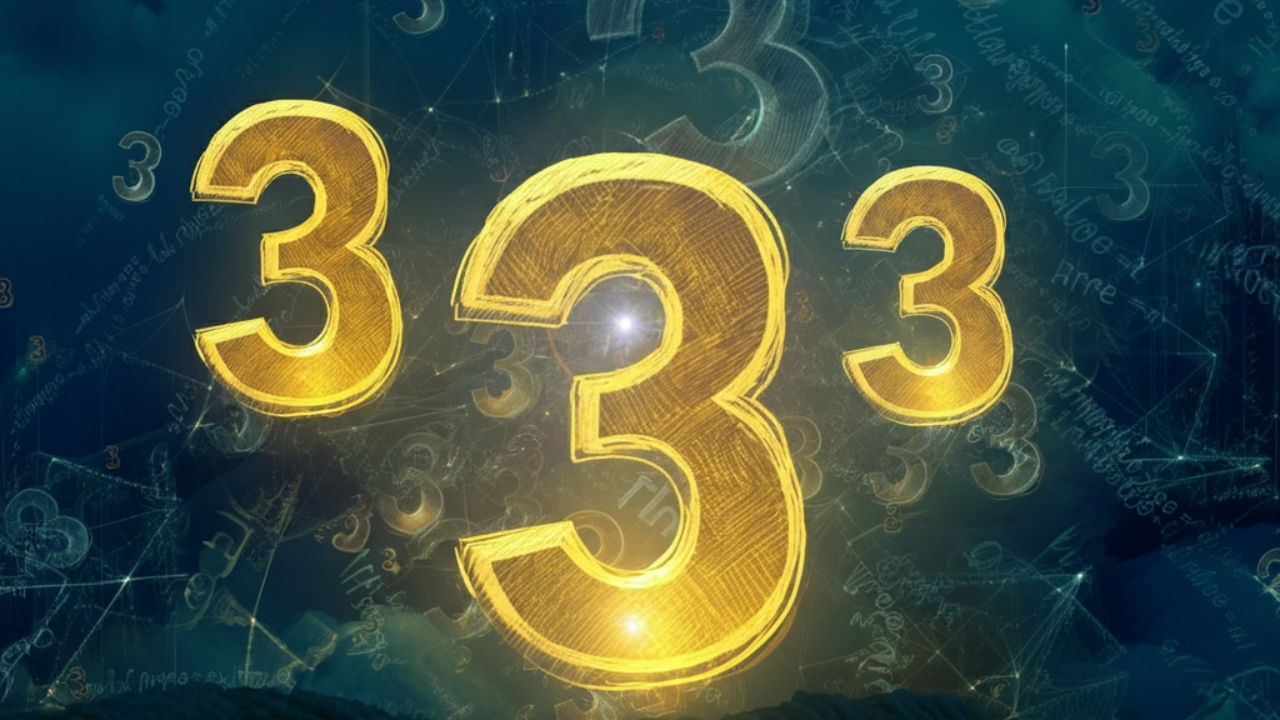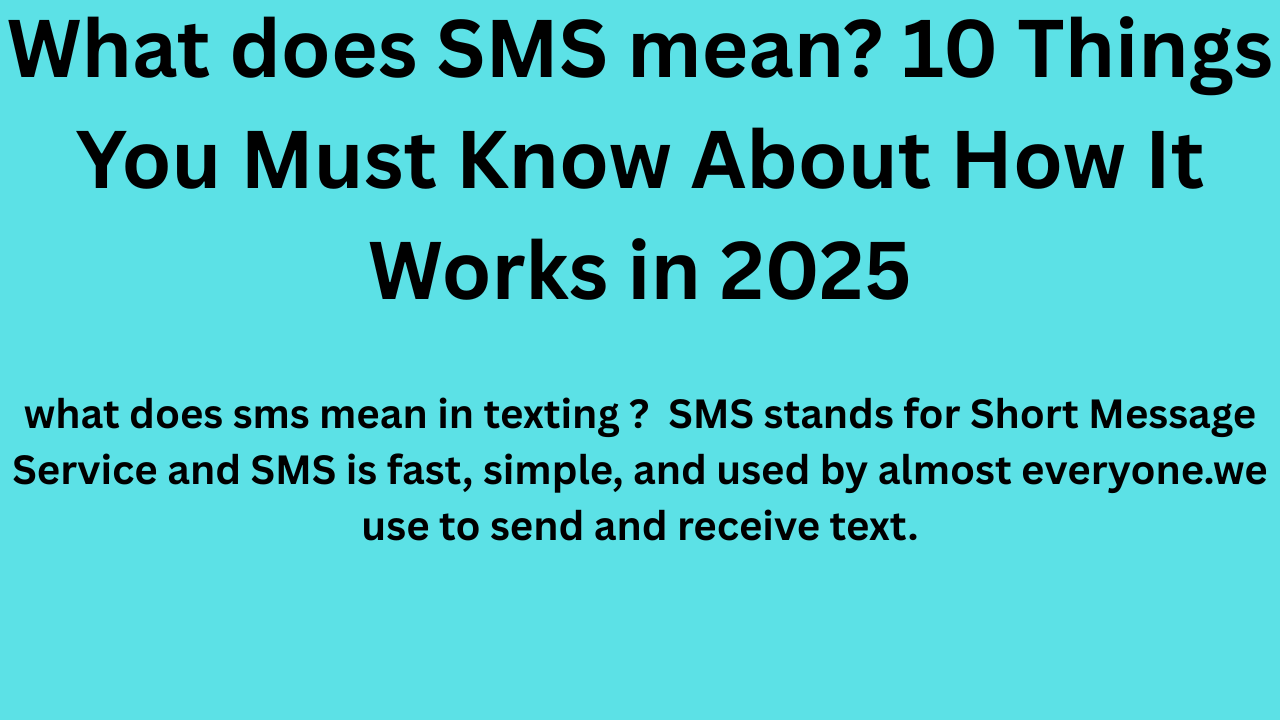What if you could derive countless mathematical expressions, create engaging word puzzles, and solve real-world problems using nothing but the number 3? Representing numbers, equations, and even ideas using only the word and number “three” is an intriguing challenge that excites math enthusiasts, wordsmiths, and creative thinkers alike.
Dive into this unique exploration of “3,” where numbers meet the language, puzzles spark ingenuity, and math fuses with creativity. By the end of this blog, you’ll uncover fascinating ways to reimagine math, solve word games, and even discover some real-life applications of “three.”
Why Focus on “3”?
The number 3 holds a special place in math, language, and culture. Known as a prime number and considered the foundation of triangles (the simplest polygon), 3 is also deeply symbolic. From “third time’s the charm” to religious trinities and storytelling tropes like “beginning, middle, and end,” 3 is universally powerful in structure and meaning.
Mathematicians, word game players, and puzzle enthusiasts have taken this fascination to new heights by finding creative ways to write, calculate, and express ideas using only the word “three.” Whether you’re here to geek out with math puzzles, test your vocabulary, or explore practical applications, something is enchanting about this challenge.
What You’ll Learn in this Blog:
- How to write mathematical equations using the word 3.
- Creative word games and language challenges inspired by “three.”
- Real-world applications of using the number 3 in different disciplines.
- Answers to FAQs around expressing numbers with “three.”
Now, let’s jump into the fun and fascinating world of “3!”
Representing Numbers and Equations with “3”
Can you create a complex mathematical equation using only the word “three”? The answer is yes! By combining arithmetic, properties of 3, and creativity, you can represent countless numbers—even solve challenging problems.
Examples of Mathematical Expressions Using “Three”
- Basic Arithmetic
-
- Three + Three = Six
- Three × Three = Nine
-
- Advanced Operations
-
- (Three ÷ Three) + (Three × Three) = 10
- Three^Three = 27 (Three cubed)
-
- Fractions with three
-
- Three ÷ (Three + Three) = 1/2
- (Three × Three) ÷ Three = 3
-
This exercise isn’t just academic–it’s a great way to sharpen your mental math while cultivating creative problem-solving skills. It’s like solving mathematical riddles with a strict “three-only” rule.
Power of the Prime Number 3
The number 3 is prime, meaning it’s divisible only by itself and 1. This makes it an essential building block in mathematics. Try forming higher numbers using combinations of threes—for instance, expressing 15 as Three × Three + Three.
Word Games and Puzzles Based on “Three”
Numbers aren’t the only realm dominated by 3. Wordplay enthusiasts have crafted mind-bending puzzles and games using nothing but “three.” Here’s how you can tap into the word game potential of the number:
Puzzles Using the Word “Three”
- Anagrams
Rearrange the letters in “three” to uncover hidden words like “ether” or “there.”
- Hidden Meanings
Embed the word “three” in longer sentences. For example, “Are there three keys?”
- Crosswords
Create crossword puzzles where every clue relates to “three” or its synonyms (thrice, triple, trio).
Fun Challenges
- Write a poem using the word “three” creatively in every line.
- Craft sentences where “three” replaces common verbs or nouns to test comprehension abilities.
Games like these spark creativity, linguistic curiosity, and a love for patterns.
Real-World Applications of Using “Three”
Beyond puzzles and math, the number 3 is central to real-world disciplines. Here’s how “three” impacts fields such as design, communication, and even technology.
Design and Geometry
The Rule of Thirds in photography and art states that composition is most visually appealing when the frame is divided into three equal parts. The triangle, made up of 3 sides, is one of the strongest and most versatile shapes in geometry and architecture.
Communication and Storytelling
Three-part structures appear everywhere in persuasive communication. Consider stories with a beginning, middle, and end or slogans like “Just Do It.” The human brain finds “three” easy to process and remember.
Technology and Coding
Programming often relies on modular thinking, and many systems use three-value logic (unknown, true, false). Even HTTP status codes like “3XX redirects” hint at a triadic structure.
Problem-Solving Frameworks
Even frameworks for analyzing problems follow the “three” structure, such as SWOT (Strengths, Weaknesses, Opportunities, Threats) or the “Past, Present, Future” model.
Examples in Nature
Nature loves the number 3. It’s everywhere—from a clover leaf’s three petals to the triangular form of snowflakes.
FAQs on Using “3” in Math and Words
Can you represent other numbers using only the word “three”?
Absolutely! Through addition, multiplication, division, and powers, you can represent almost any number. For instance, 81 equals Three^Four (3 × 3 × 3 × 3), and 12 equals Four × Three.
Why is 3 such a magical number in math and culture?
The versatility, simplicity, and prime nature of 3 make it unique in math. Culturally, it symbolizes balance, progression, and completeness, which explains its widespread appeal.
Are there other numbers that offer similar challenges?
Of course! Numbers like 5 and 7 also lend themselves to creative expressions, but none have the universal charm or structural presence of “three.”
How can I practice creating puzzles or equations with 3?
You can start small with equations and gradually challenge yourself with more complex constraints. Try creating games with friends to keep it fresh and fun.
Can the concept of using “three” improve problem-solving skills?
Yes! Limiting yourself to “three” forces you to think critically and creatively while practising math, language, or problem-solving.
Explore the Unique Power of “Three”
Whether you’re passionate about puzzles, a math hobbyist, or curious about creative challenges, using only “three” to express ideas unlocks a world of possibilities. From math equations to word games and real-world frameworks, the humble number 3 packs a punch far beyond its simplicity.
Want to test your skills? Challenge yourself to write a 100-word story using only the word “three” to represent numbers. Not only will it push your limits, but it’s also bound to be a lot of fun.
Discover the magic in “three” and share this blog with fellow math enthusiasts and word puzzle fans. The possibilities are endless—but only if you start with 3!
Related Post: Convert 70 cm to Inches Accurately – Complete Guide
Related Post: How to Calculate the Volume of a Cylinder







